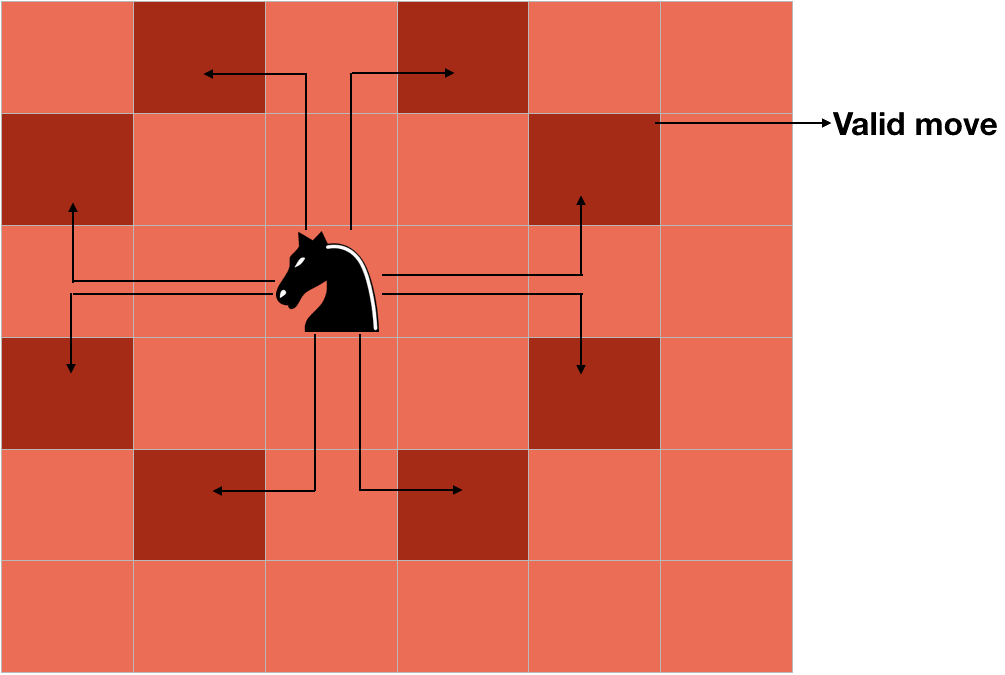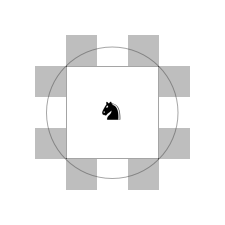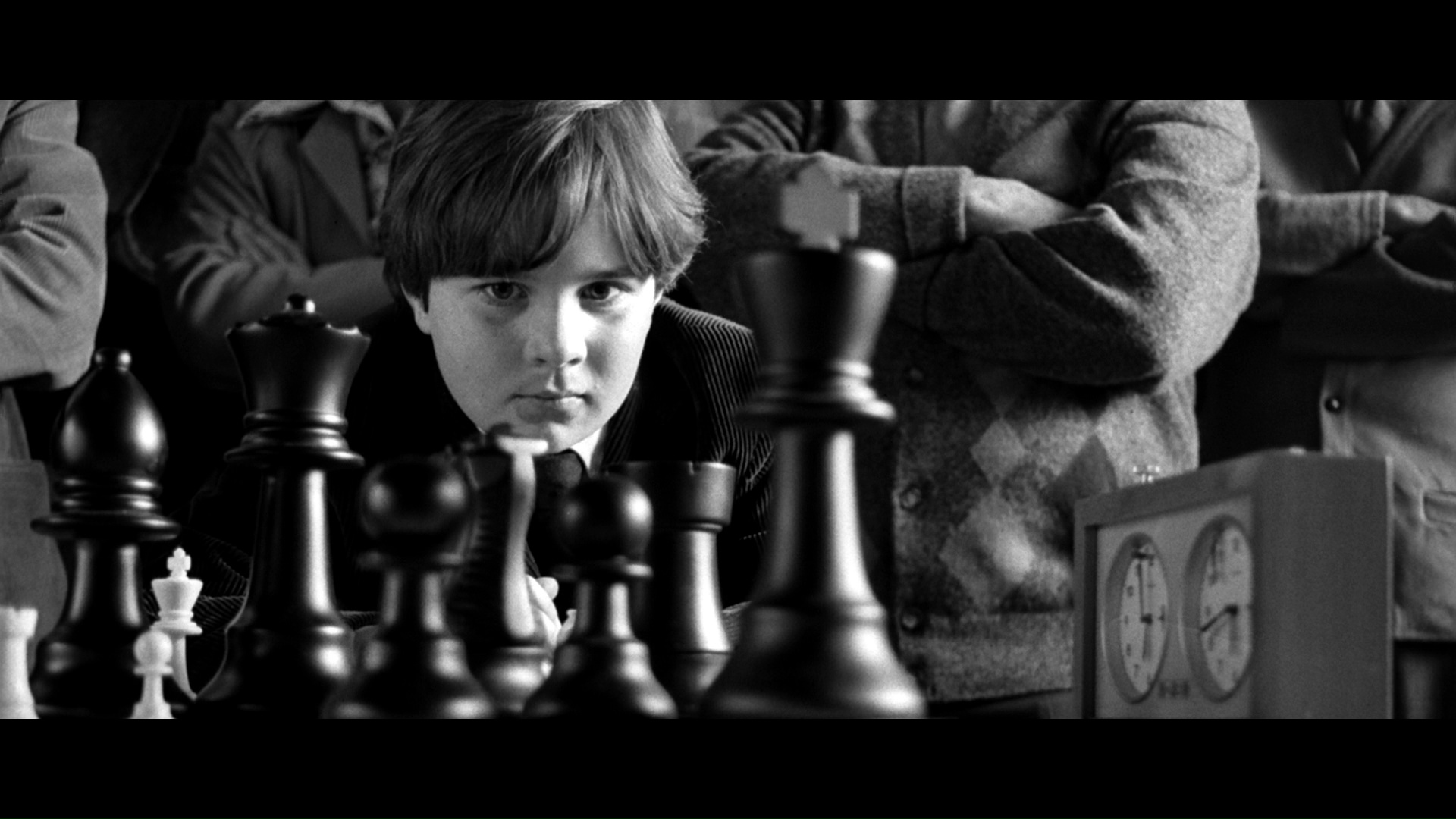

So we look at our blue square and determine that these are the only yellow squares that you have to choose from due to the black pawns. The process is similar to before, you just have to eliminate certain squares as you jump from from blue to yellow to red. Well we immediately know that square takes three moves minimum to arrive at because it is blue when we overlay our new diamond pattern. Say you want to get 1 square to the left in this position. The jump has to be a legal knight move) BACKWARDS from green (if applicable) to blue (if applicable) to yellow to red.ĮDIT/: But, what if that route you find is already occupied by one or more of your pieces, or is otherwise in-traversable? Well the solution according to my idea requires a tad more mental hoops to jump through, but it is still doable. You just have to keep the pattern visualized, and then jump ( EDIT For clarity, you are making knight moves in this stage, not just any jump to a different color. Once you master that, then you could even go so far as to memorize the pattern outside of the 5x5 box, but I feel like that might be too much to start out with, and frankly not as useful.Īlright, so now that you can easily find out how many moves it takes to get to a square within your 5x5 box, finding a possible route is easy. Seems a lot easier, doesn't it? With practice, I'm sure you can visualize this 5x5 square pattern just as easily as you visualize the first 8 squares a knight can land on, if not then easier. Know that the nth ring take n moves to reach (with the exception of the corners, which take four moves). Is the square I want to go to on the 1st, 2nd, or 3rd ring? (going from the outer ring first to the inner ring third) Looking at another 8 squares that the knight can land on from this 3rd position and seeing if it lands on the square you originally wanted to land on. Looking at the next 8 squares the knight can land on from that new location and choosing a new square to go to Looking at the original 8 squares the knight can land on and choosing one This is useful to know because instead of this: In particular, I'm going to look at the 5x5 square surrounding the knight, because knights are primarily close quarters combatants compared to their counterpart, the bishop.Īs you can see, the closer a square is to a knight, the longer it takes to move there. Now this all looks very colorful and pretty, but so what? Well let's look at the pattern. Lastly, there are 5 squares, marked in green (for very safe), that despite looking close, actually take four moves to land on. These fill up all remaining black squares.

Going even further, let's add all the squares that are 3 moves away, marked in blue (for slight safety). Notice also that these comprise almost all of the white squares except for five. Notice how many more squares you can choose from. Next, let's add the squares you can land on after two moves, marked in yellow (for caution). This is probably what most of you visualize when looking at knight moves, no? Second, here are the squares an optimally placed knight can land on after one move, marked in red (for extreme danger). Here it goes, I'll try to use pictures whenever I can:įirst, here is an optimally placed knight. I thought it would be beneficial to be able to visualize the squares that are two, three, or even four moves away, without any calculating, and after some thinking, I figured out an easy way to do so. Therefore I have to re-visualize the position after each move, which can detract from my ability to look deeply into positions.

So I got to thinking about the pattern knights move in, and I realized I can only easily visualize the squares that a knight can land on after one move. Semi-long read, but worth it if you want to calculate faster and deeper! (And who doesn't want that?)


 0 kommentar(er)
0 kommentar(er)
